Japanese Style Annex,Yushintei
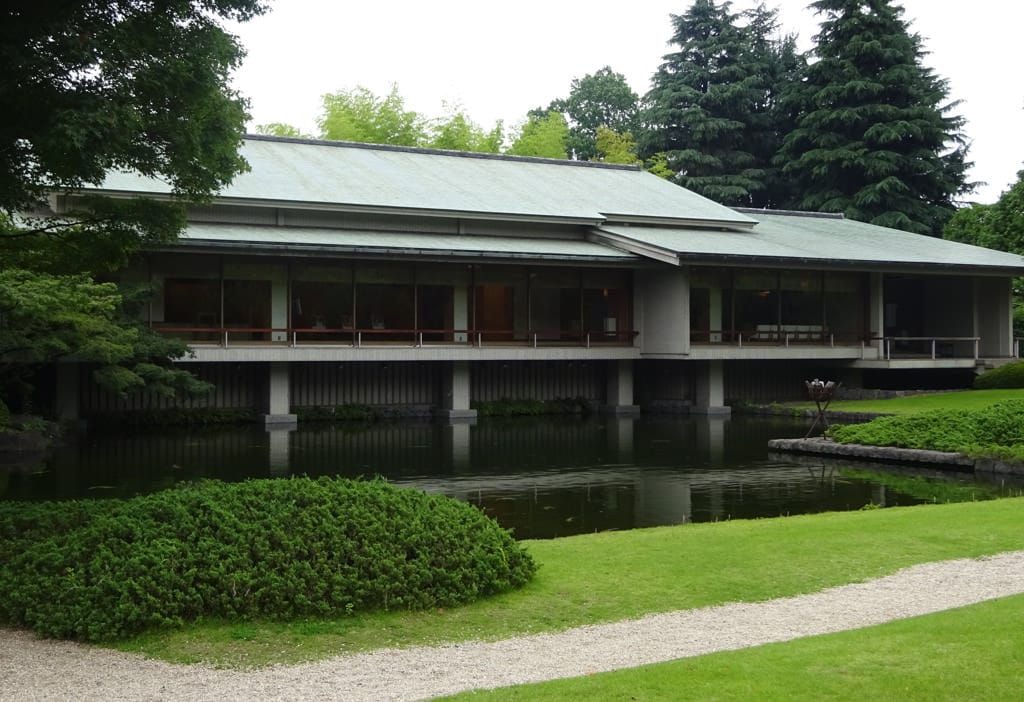
Hospitality, Japanese-style
The Japanese-style annex Yushintei was designed by Yoshiro Taniguchi, the architect of the Crown Prince's Palace, and built in 1974. While the functions and modes of hospitality found in the main wing are entirely Western, the annex is a facility where foreign guests are welcomed according to Japanese framework and in purely Japanese style of hospitality. Along with an aesthetic experience characteristic of Japanese dwellings and gardens, Yushintei provides Japanese hospitality through tea, flowers, and foods.
Highlights
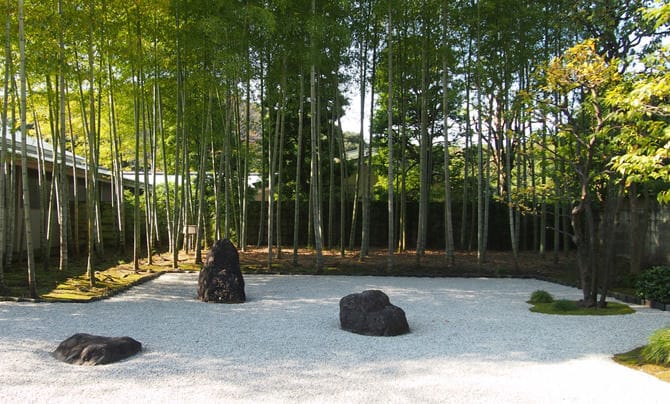
The Main Entrance and Japanese Courtyard from the Covered Walkway
The bronze lantern hung to the left of the main entrance has goshichi no kiri, the emblem associated with the Japanese Government. To the right of the covered walkway that extends from the main entrance is a courtyard garden, planted with tortoiseshell bamboo and evocative with white shirakawa gravel and kibune stone from Kyoto.
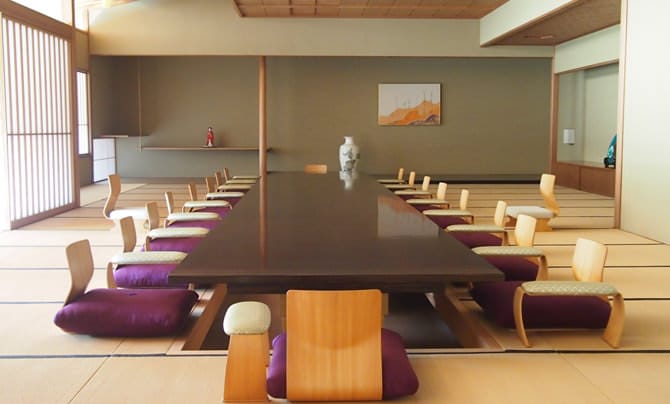
Used for Viewing Kimono and Ikebana, in Addition to Japanese State Dinners
The Main Japanese-style Room is just over 77 square meters (47 jo) and floored in tatami. When holding formal Japanese-style dinners, the floor under the table can be recessed to provide guests with a more relaxed seating arrangement. The table can also be stored under the floor, placing the entire tatami-lined room at the disposal of kimono and ikebana (flower arrangement) appreciation, and exhibition of traditional Japanese dance.
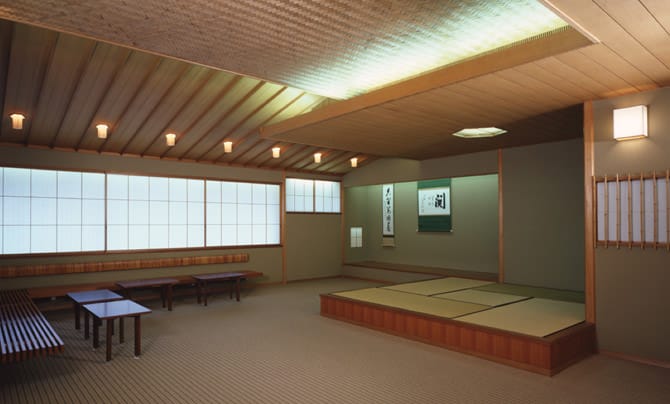
Ceremonial Welcome with Tea
The back alcove of the tea room is hung with a calligraphic scroll by the head priest of Daitoku-ji Temple. Approximately 7.5 square meters in size (4.5 jo), the tatami-lined seating area of the tea room is for visitors to observe tea being prepared and partake in the tea experience.
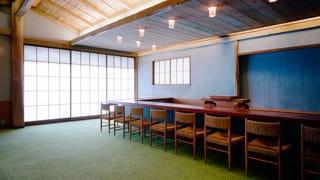
Room with kitchen-counter
Fitted with counter seating, this area is used to entertain visitors in a more intimate environment, with cuisines like tempura and sushi being prepared on the spot.
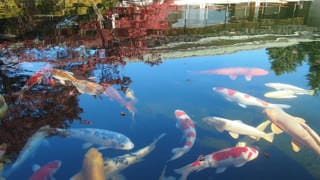
Varicolored Carp
A fishpond is situated just off of the hiro-en (low veranda), providing guests with a view of varicolored carp in the water.
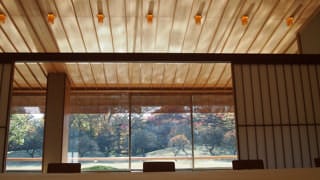
Undulating Reflections on the Ceiling
Called yuragi, these sunlit ripples reflected off the pond and onto the wide veranda ceiling are a part of the Japanese aesthetic.
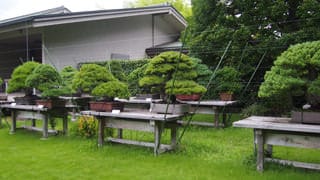
Bonsai
The collection includes 140-year-old Japanese black pine and white pine.

![The State Guest House, Akasaka Palace [SP]](https://www.geihinkan.go.jp/wp-content/themes/geihinkan/assets/img/akasaka/common/toplogo_akasaka_sp_bk_en.png)
![The State Guest House, Akasaka Palace [PC]](https://www.geihinkan.go.jp/wp-content/themes/geihinkan/assets/img/akasaka/common/toplogo_akasaka_bk_en.png)